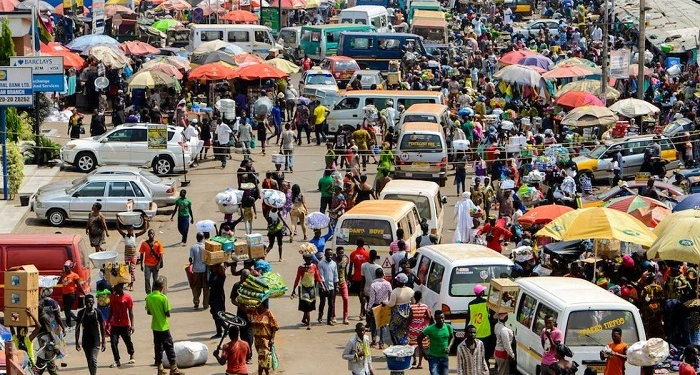AfDB Upgrades Ghana Growth Forecast to 4.5% for 2025 but Flags Inflation and Climate Risks
The African Development Bank has revised its growth forecast for Ghana to 4.5% in 2025, citing a recovery driven by mining sector expansion, fiscal consolidation, and tighter monetary conditions. The updated projection, published in the Bank’s African Economic Outlook report, comes amid a broader reassessment of economic prospects across West Africa.
The report, released on the sidelines of the AfDB’s Annual Meetings in Abidjan, also estimates GDP growth will accelerate to 4.8% in 2026, assuming continued macroeconomic stability and policy discipline.
“Growth will be supported by improved mineral output, particularly in gold, ongoing fiscal adjustments, and a more favourable external environment,” the report noted.
However, the AfDB was less sanguine on inflation, projecting end-2025 inflation at 15.4%, well above the government’s 11.9% forecast and the Bank of Ghana’s 12% target. Although this marks a moderation from April 2025’s 21%, it remains elevated relative to central bank objectives. The Bank expects inflation to return to single digits by end-2026, aided by stable food prices, a firm exchange rate, and tight monetary policy.
Diverging Forecasts
The AfDB’s GDP forecast is more optimistic than those issued by other multilateral institutions and Ghanaian authorities. In his 2025 Budget Statement, Finance Minister Dr Ato Forson projected real GDP growth of 4.0%, while the World Bank’s Africa’s Pulse Report put the figure at 3.9%, rising to 4.6% in 2026.
The IMF, in its Regional Economic Outlook published during the Spring Meetings in Washington D.C., aligned with the government’s projection, forecasting 4.0% growth in 2025 and 4.8% the following year.
All institutions flagged potential climate-related disruptions, particularly the effect of rainfall variability on cocoa output—a key export for both Ghana and Côte d’Ivoire. The World Bank warned such volatility could weigh on export revenues and rural incomes.
Debt, Deficits and External Accounts
Ghana’s fiscal deficit is expected to narrow to 3.5% of GDP in 2025 and 3.0% in 2026, according to the AfDB, on the back of ongoing fiscal consolidation and strengthened public financial management.
The debt-to-GDP ratio is projected to decline to 66.4% in 2025, reflecting progress on domestic and external debt restructuring as well as improved revenue mobilisation.
On the external front, the AfDB expects a current account surplus of 2.6% of GDP in 2025, narrowing to 1.4% in 2026, driven by increased oil and gold exports. The cedi is expected to stabilise in real terms, supported by foreign exchange inflows and monetary policy tightening.
Risks Tilted to the Downside
Despite the improving macroeconomic picture, the AfDB cautioned that risks to the outlook remain firmly on the downside. These include climate shocks, delays in fiscal reforms, and potential external headwinds such as U.S. tariff hikes.
The Bank stressed the importance of policy continuity, warning that any reversal in consolidation efforts or weakening of institutional reforms could undermine investor confidence and macroeconomic gains.
“Maintaining fiscal discipline and advancing structural reforms will be critical to anchor stability and enhance resilience in the face of persistent global uncertainties,” the AfDB stated.








